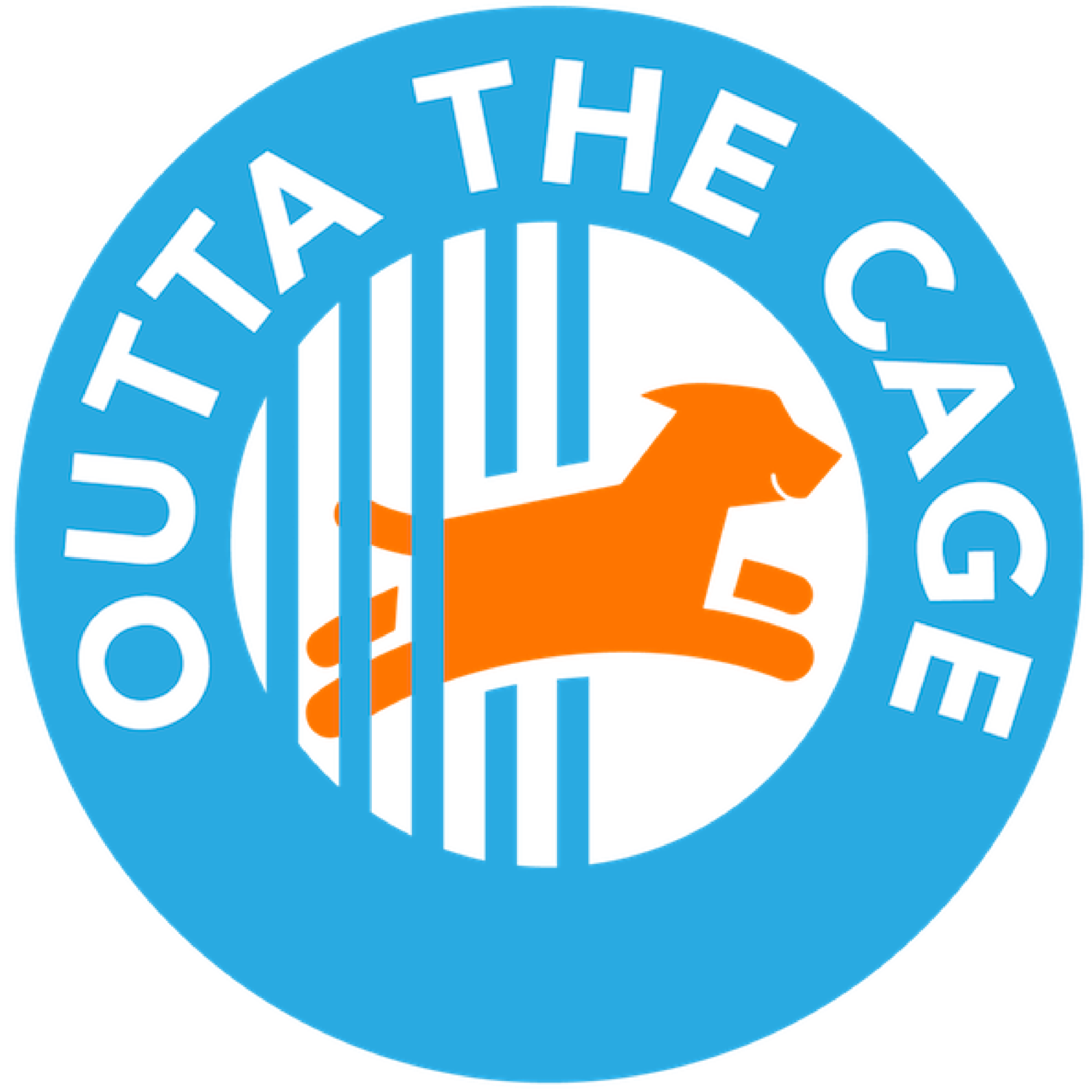The conundrum of Capitan
In which Jill posits that humans and institutions have failed Capitan.
Capitan
It’s been a long couple years in rescue and I can’t help but think that we could have used the time a lot better. Adoptions and donations have plummeted while populations of shelter animals—dogs in particular—have skyrocketed. Euthanasia has increased apace.
We are waking up to the reality that the term “no-kill” is nothing more than a useful fiction. The no-kill vernacular has seeped into the collective consciousness, but the accompanying details—the benchmark for no-kill is 90 percent of animals—have been fluid and incorrectly interpreted.
Shelters nationwide are killing perfectly healthy, adoptable animals, and the responsibility lies with the humans who failed them. Depositing a family pet at an animal shelter is as easy as putting a quarter in a meter. “She’s a good dog, she’ll get adopted,” a departing owner, pink leash in hand, tells me as he exits the shelter. “L.A. is no-kill.”
We try to rescue as many as we can. Watching a dog transform from skinny, cowering, and uncertain to healthy, engaging, and playful is the reward. But there are dogs who thwart our naïve expectations of linear improvement. Dogs whose futures hang in the balance.
This is true of Capitan.
It’s hard to track the number of times this pittie-lab mix has changed hands, from the family who left him at the shelter in May 2022 to the rescue (then celebrated, now defunct) who took him from the shelter in October 2023. We are just now learning how Capitan has spent the last 10 months: languishing in boarding.
To be sure, Capitan doesn’t fit the profile of family pet. He has fatty lumps, eyesight issues, and he’s a senior. And then there’s the bite record.
It’s easy to make excuses for dogs like Capitan. Who knows how his family got him and how they treated him? Has he ever really trusted anyone? He bit because a stranger approached him too quickly. The poor guy can’t see!
A year ago, when Capitan was still in the shelter, I found him bright and keen to interact. I gave him dehydrated liver treats and he returned the favor by showing off his “sit” and “shake.” Volunteers who had worked with him remarked on how he loved his ball, how improved his leash manners were, and how, at an offsite pack walk, he waded into the river for a swim.
The choices in rescue are hard. With the resources needed to care for a dog like Capitan, we could save three or four shelter dogs. That argument alone makes it an open-and-shut case.
And yet. Capitan loves the kiddie pool, lets his friends cuddle him, and when given a little chicken breast, smiles from ear to ear.
Rescuers in the trenches might advocate taking Capitan from boarding, going for a run on the beach, stopping for a Double-Double, bringing him to someone’s grassy backyard, and playing a few rounds of fetch before the vet comes over to let him go. Give him a good last day.
But Capitan lingers in boarding. Because his rescue abandoned its dogs, ownership of Capitan is an issue. When lines are blurry in rescue, there is stasis; and when there’s stasis, animals suffer.
Of course there’s always a chance that a hero steps up. Someone experienced: familiar with decompression, acclimation, and letting a dog exist on his own terms. The hero would have the setup to keep Capitan safe, the means to keep him healthy, and the commitment to keep him enriched.
But there are so many shelter dogs in need of homes right now. And not enough heroes.

